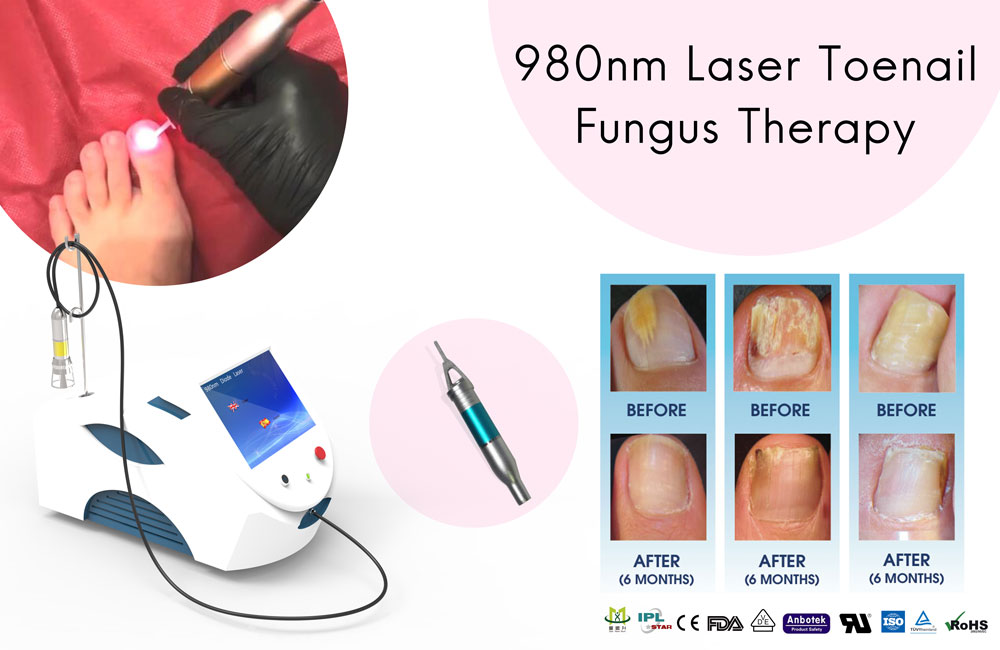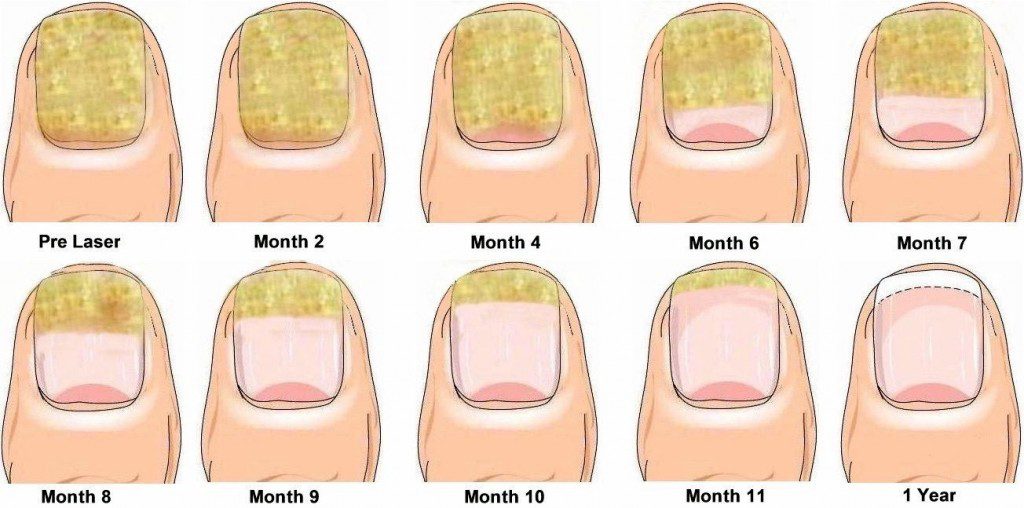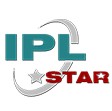06月10 About Laser Nail Fungus ,you may want to know
1. Is using a laser to treat nail fungus a new procedure?
Lasers have been used extensively for the past 7-10 years for the treatment of nail fungus, resulting in numerous clinical studies. Laser manufacturers have used these results over the years to learn how to better design their equipment, enabling them to maximize therapeutic effects
2.What is the principle of laser removal of onychomycosis?
The 980nm diode laser emit pulses of energy that impart heat to tissue such as nails and skin. The laser energy penetrates through the toenail to the nail bed where the fungus is likely also present.
The laser is believed to exert antifungal activity by killing the mold or fungal organisms. When these microbes absorb the heat, they are destroyed.3 Pulsing the laser or using selected wavelengths helps minimize heat on the skin, which reduces the risk of bleeding and pain.

3. How soon will I be able to see improvement to my toenails or fingernails after treatment?
It usually depends on the origin of the fungal infection. If it was at the “root” of the nail, improvement can be seen as early as 3 weeks. A continuous improvement will be gradual as the nail continue to grow out. Typically, a significant overall improvement will be seen after 3 months. As a rough estimate, toenails may take 9 – 12 months to grow out completely, and fingernails may take 6 – 9 months.
4. What are the benefits of using laser treatment over drug treatment?
Oral antifungal medications are toxic, and may cause serious medical complications. As a result, clients that are taking these medications are asked to go through routine blood tests to make sure their liver is not damaged during the treatment.
A laser treatment is completely drug free, meaning it does not impose all the health risks associated with the oral antifungal medications. There are no adverse reactions, injuries, or known side effects from use of lasers to treat a toenail fungus infection.
5. How does laser treatment compare to drug treatment in terms of its success rate?
Recent studies showed over 90% success rates using the latest generation of laser equipment, done over a 3 month period.
Extending the treatment with additional 3 months cured more than 95% of patients.
Common systemic antimycotics drugs, that are used over a period of several months are known to have cure rates of only 40 to 80%.
6. Is the treatment painful?
No. The treatment will not cause any pain. You will feel the area under the nail heat up but not to an uncomfortable degree. Your technician can pause the treatment at any time should you become intolerably uncomfortable.

7. What are the possible side effects of laser nail fungus therapy?
Most clients experience no side effects other than a feeling of warmth during treatment and a mild warming sensation after treatment. However, possible side effects may include a feeling of warmth and/or slight pain during treatment, redness of the treated skin around the nail lasting 24 – 72 hours, slight swelling of the treated skin around the nail lasting 24 – 72 hours, discolouration or burn marks may occur on the nail. In very rare cases, blistering of the treated skin around the nail and scarring of the treated skin around the nail may occur.




No Comments